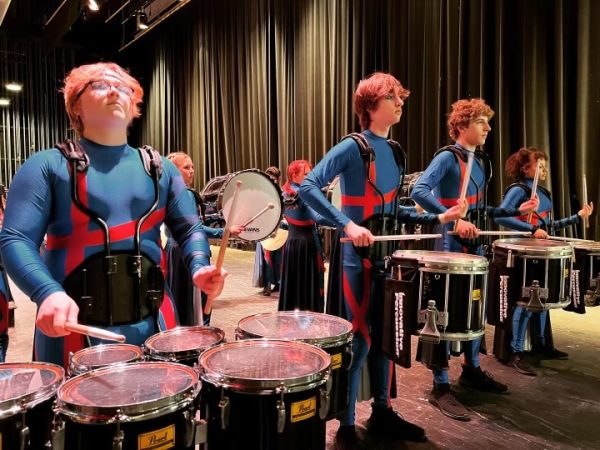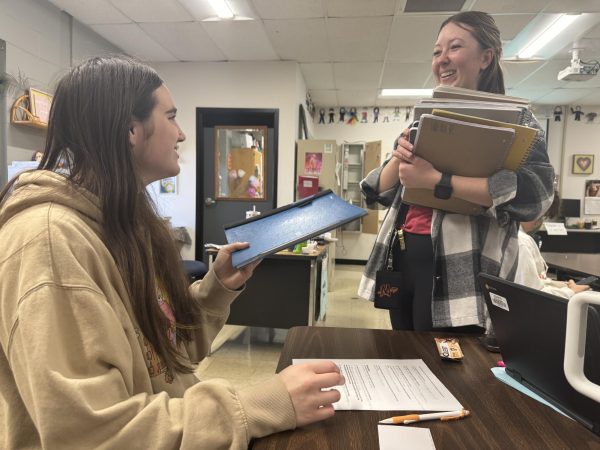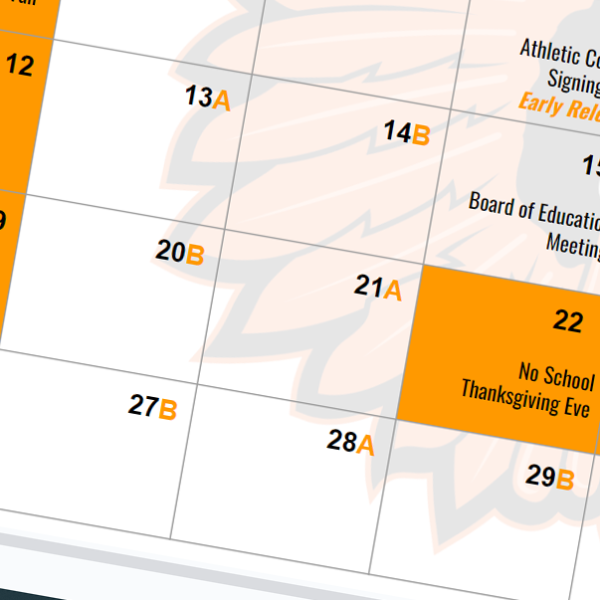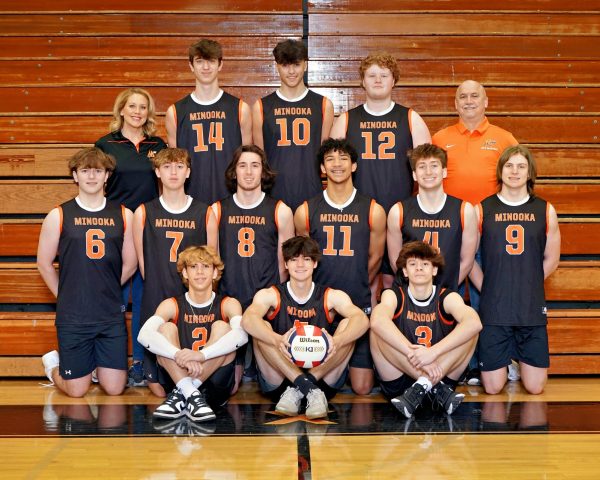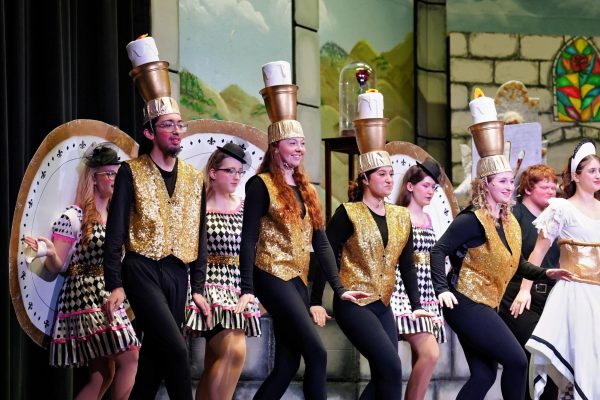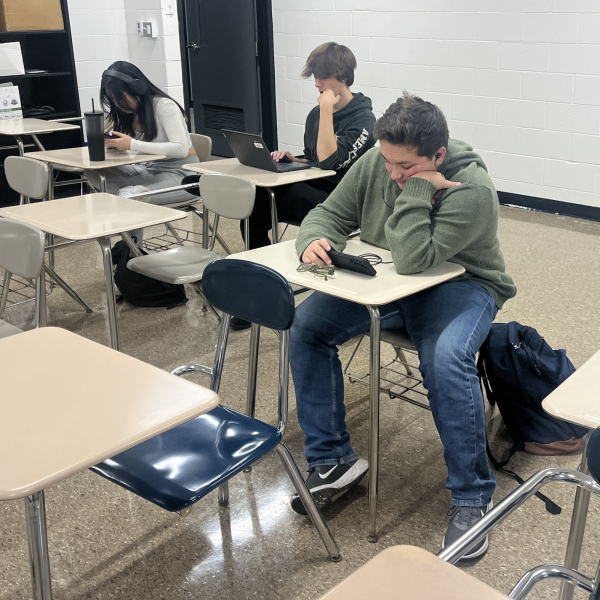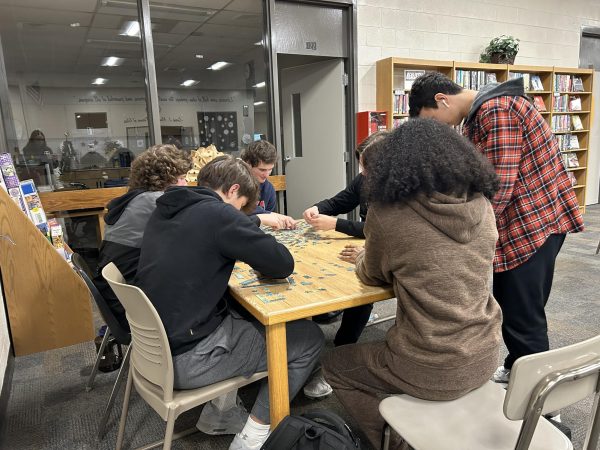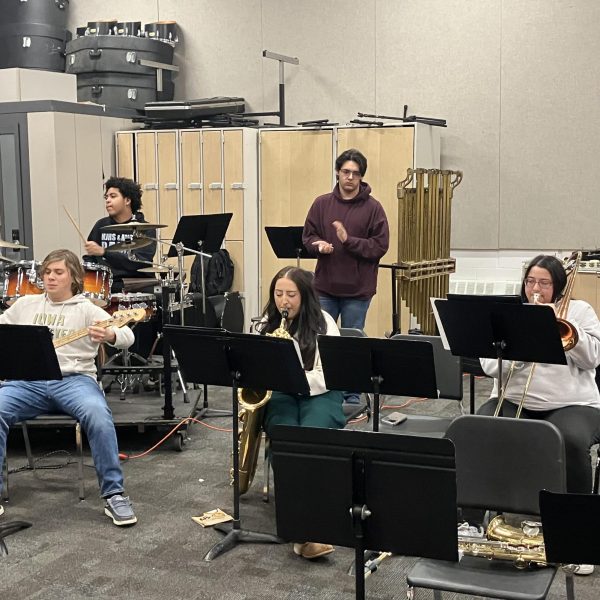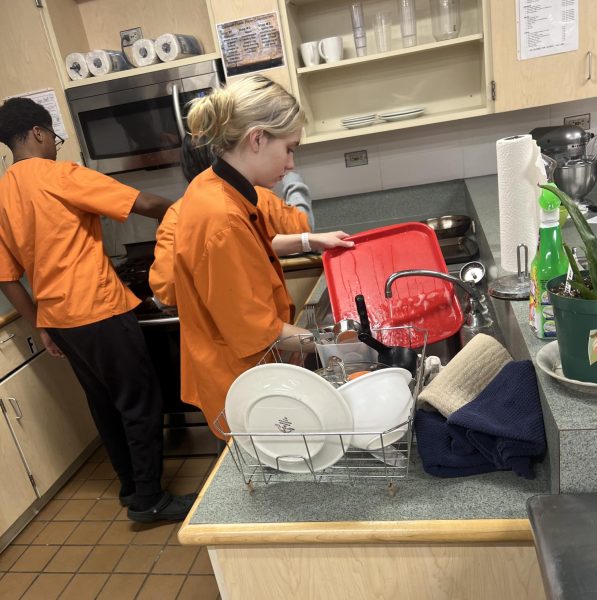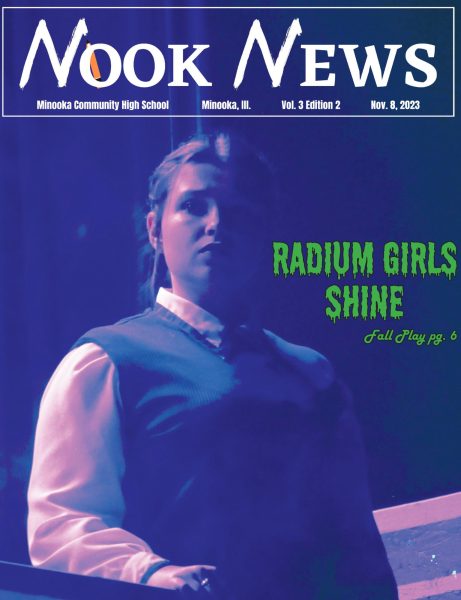Livestreaming gives students chance to see eclipse
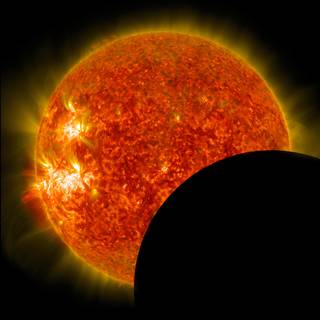
A solar eclipse will occur Aug. 21. Viewers are flocking to Carbondale where they can view the eclipse in its totality.
On Monday, Aug. 21, a total solar eclipse will occur across America, offering viewers a sight not seen in more than 99 years, with the last total solar eclipse over America occurring in June of 1918.
NASA will be livestreaming many different views of the eclipse, which MCHS Meteorology and Space teacher Ryan Maloney will be showing to his students in class at the middle to end of third hour and at the start of fourth.
Maloney is displaying this livestream in class instead of taking his students outside to view the segment of the eclipse visible from Minooka due to a issues that arose over over fake and unsafe viewing glasses sold through Amazon. Securing safe and proper glasses for students has become difficult.
“Schools around the entire state are getting flustered,” said Maloney. “Teachers want to share this experience with their students, but due to this one vendor, the safety of all these students are put at risk.”
MCHS is taking the precautions of keeping all classes indoors from 11:53 a.m. until 2:42 p.m. and advising any teachers with outward-facing windows to keep their blinds shut during this time.
“I’m just leaving school (then), so I’m going to be viewing the NASA livestream when I get home because I don’t have the glasses,” said Jason Smith, senior, when asked what he would be doing for this event.
Another student stated that their mother was going to call them in sick on the day of the eclipse that they could safely view it from home.
NASA reminds any viewers of the eclipse to take caution and to only use verified and approved glasses with specialized filters when looking straight at the eclipse. Glasses should be compliant with ISO 12312-2 international safety standards. A list of reputable vendors of glasses can be found here.
A solar eclipse occurs when the Moon’s orbit positions it between the Earth and the Sun, blocking part out all of the light projected from the Sun. Only when all of the light is blocked is it considered a total solar eclipse.
For this eclipse, NASA will be doing a host of different observation activities from the astronauts on the International Space Station photographing and videoing their unique angle of the eclipse, to WB-57F jets with telescopes fitted on the end following the eclipse from Houston to give scientists a chance of extended observation.
Maloney himself is thrilled to be able to see this eclipse as it is the first time he will be seeing anything like it. He would also like to remind both students and teachers to “enjoy it, because if you miss this one, the next one isn’t until 2024.”
Maloney encourages other teachers to display this livestream to their students during class time, which can be found at www.nasa.gov/eclipselive.



